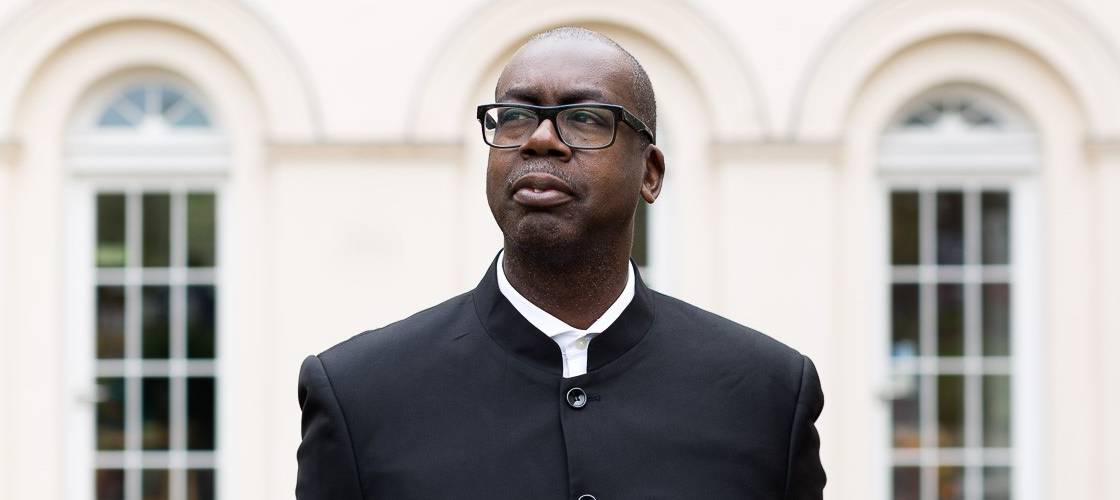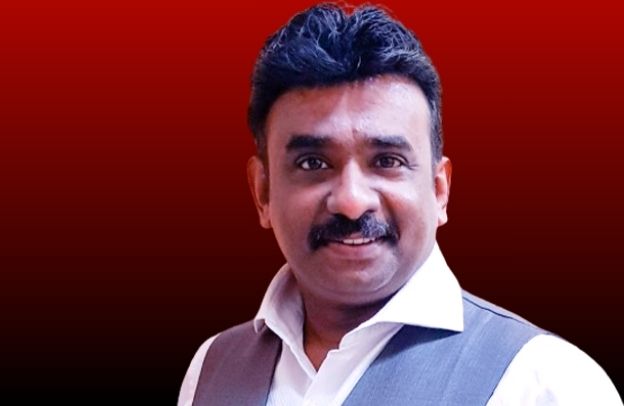Beyond the Monument: Patrick Vernon’s Blueprint for an Indelible Legacy

What is a legacy? For many, the word conjures images of a bronze statue in a park, a name etched onto a university building, or a hefty inheritance. These are markers, yes, but they are silent. They tell you that a person existed, but not why they mattered.
Learn How to Leverage Your Story through our Story To Asset Framework.
A true legacy is not a static object; it is a living, breathing story. It’s the “why” behind your life’s work. It’s the expertise you’ve built, the challenges you’ve overcome, and the values you’ve championed, packaged in a way that can be passed down, studied, and built upon.
The problem is that this kind of legacy is fragile. If it is not actively captured, curated, and championed, it can be misconstrued, marginalized, or, worst of all, erased. No one understands this better than Patrick Vernon, OBE.
To the public, Vernon is a renowned British social commentator, activist, and historian of Jamaican heritage. But to us, as legacy consultants, he is something more: a master architect of narrative reclamation.
His life’s work is not just activism; it is a powerful, practical blueprint for how to take a story—or in his case, the forgotten stories of an entire community—and transform it into an indelible, institutionalized legacy.
His career provides a critical case study for both our Established Diaspora Leaders and our Multi-Generational Family Businesses on one simple, urgent truth: If you don’t write your own story, history will either write it for you or leave you out completely.
Lesson 1: Control Your Narrative (The “100 Great Black Britons” Story)
In 2002, the BBC broadcast a televised series called 100 Greatest Britons. It was a nationwide poll to determine the most significant figures in British history. The public voted, and the list was topped by Winston Churchill. But Patrick Vernon, and many others, noticed a glaring, catastrophic omission.
In a list of 100, not a single person was Black.
This wasn’t just a slight. It was a symbolic erasure. It reinforced a false narrative that the contributions of Black people to British history were non-existent or, at best, negligible.
See also Nina Simone: Unveiling The Power Of Racial Injustice Through Songs And Creativity
The average person might have written an angry letter to the editor. A business leader might have complained about it to their peers.
Patrick Vernon built a solution.
In 2003, he launched his own campaign: “100 Great Black Britons.” This was not just a counter-list; it was an act of narrative reclamation. He created a new framework, a new system, to celebrate the leaders, pioneers, and icons his community knew had shaped the nation.
The self-funded campaign became a landmark moment. It received massive national media coverage and, through a public poll, named the Jamaican-Scottish nurse Mary Seacole as the greatest Black Briton. More importantly, it proved a fundamental lesson: You cannot wait for the mainstream to validate your story. The Bridge for Today’s Leader:
For the Established Diaspora Leader:
You have spent 20+ years building your expertise, your company, and your reputation. Like Vernon, you have likely operated in spaces that were not designed for you. The “100 Great Black Britons” campaign is the conceptual blueprint for our Legacy Book service.
Vernon literally wrote the book (published in 2020) that corrected the historical record. Your book is the asset that does the same. It takes your unique methodology, your hard-won lessons, and your “why,” and plants it firmly in the ground, making you the undeniable authority in your field.
For the Multi-Generational Family Business:
The BBC’s list is what happens when your story is left to outsiders. They will celebrate the loudest, most obvious figures and miss the nuance—the quiet, 50-year dedication to craftsmanship, the community you built, the values your grandfather established.
Your story is your most valuable marketing asset. It must be packaged and controlled by you.
Lesson 2: Institutionalize Your Story (The Windrush Day Victory)
Patrick Vernon is a descendant of the Windrush Generation—the more than 1,000 migrants from the Caribbean who arrived on the HMT Empire Windrush on June 22, 1948, to help rebuild post-war Britain.
This generation and their descendants became a cornerstone of modern British society, particularly its National Health Service (NHS).
Yet, 70 years later, in 2018, the “Windrush Scandal” erupted. The British government, in a horrific bureaucratic failure, wrongly classified thousands of these legal citizens as illegal immigrants. People who had lived and worked in the UK for 50+ years were denied healthcare, lost their jobs, and were even threatened with deportation.
Their legacy was not just being forgotten; it was under active attack.
Again, Vernon didn’t just get angry. He got strategic. Since 2010, he had been campaigning for a single, powerful idea: a national “Windrush Day.”
He understood a crucial concept of legacy: A story that is only remembered is vulnerable. A story that is institutionalized is permanent.
He launched petitions, he lobbied, he campaigned. And in 2018, at the height of the scandal, the government officially backed his campaign. June 22nd is now, and will forever be, Windrush Day in the UK, a national day to “recognise and honour the contribution of the Windrush Generation and their descendants.” The Bridge for Today’s Leader:
For the Multi-Generational Family Business:
The Windrush Generation is, in essence, the founding generation of a massive community. What Vernon did was create a “Founder’s Day” for an entire nation. This is precisely the strategy we deploy for family businesses. Your 50th or 100th anniversary isn’t just an internal party; it’s a strategic asset.
By packaging that story, the “why” of your founder, the journey of the family, you institutionalize your heritage. This builds unshakable trust, justifies your premium price, and connects your brand to future generations of customers.
For the Established Diaspora Leader:
This is the heart of our Legacy Signature Program. It’s about taking the “why” behind your success, your unique methodology, and turning it into a system. Windrush Day is a system for annual remembrance.
See also Beyond the Headlines: What The AFRO’s 133-Year Legacy Teaches Us About Building an Institution
Your Signature Program is a system that allows your unique genius to be taught, licensed, and scaled long after you’ve left the room.
Lesson 3: A Legacy Has Many Forms (The Film & The Mission)
Vernon’s legacy architecture is not one-dimensional. He understands that to reach different people, you need different mediums.
The Legacy Film:
Before his major campaigns, Vernon was already documenting stories. His film A Charmed Life tells the story of Eddie Martin Noble, a Jamaican ex-serviceman, and his experience in the UK during and after World War II.
He didn’t try to tell the story of all Caribbean servicemen; he found one compelling, human story to represent the whole.
This is the power of our Legacy Film offer; it immortalizes the “why” of your journey in a cinematic, emotional asset that connects with an audience far faster than any financial report.
The Legacy of Expertise:
Vernon’s work isn’t just history. He has over 30 years of experience in health and social care. He was a former director at MIND (the mental health charity) and was awarded an OBE in 2012 for his work in “the reduction of health inequalities for ethnic minorities.”
He translated his expertise into practical action, creating The Majonzi Fund to support BAME families with bereavement. His legacy is both cultural and practical.
The Blueprint Is Clear. Your Story Is Next.
Patrick Vernon’s work is a masterclass in legacy.
- He saw a false narrative (the 100 Greatest Britons) and corrected it by creating a new, authoritative asset (The Legacy Book).
- He saw a generation’s story under attack (the Windrush Scandal) and immortalized it by creating a national institution (The Legacy Signature Program).
- He saw a specific, untold story (Eddie Martin Noble) and preserved it in the most powerful medium for human connection (The Legacy Film).
He didn’t wait for permission. He didn’t hope to be remembered. He built the monuments.
You are a leader. A founder. The steward of a multi-generational family. You have built something that matters. Now, your final and most important job is to ensure that story is told.
Your story is your most valuable asset. Don’t wait for someone else to (mis)tell it. Let’s talk about how to immortalize it. Book your free 15-minute Legacy Strategy Call today to design the asset that will tell your story for the next 100 years.






